Birth name Charles Joseph Bolden Role Musical Artist Name Buddy Bolden | Instruments cornet Occupation(s) Cornetist | |
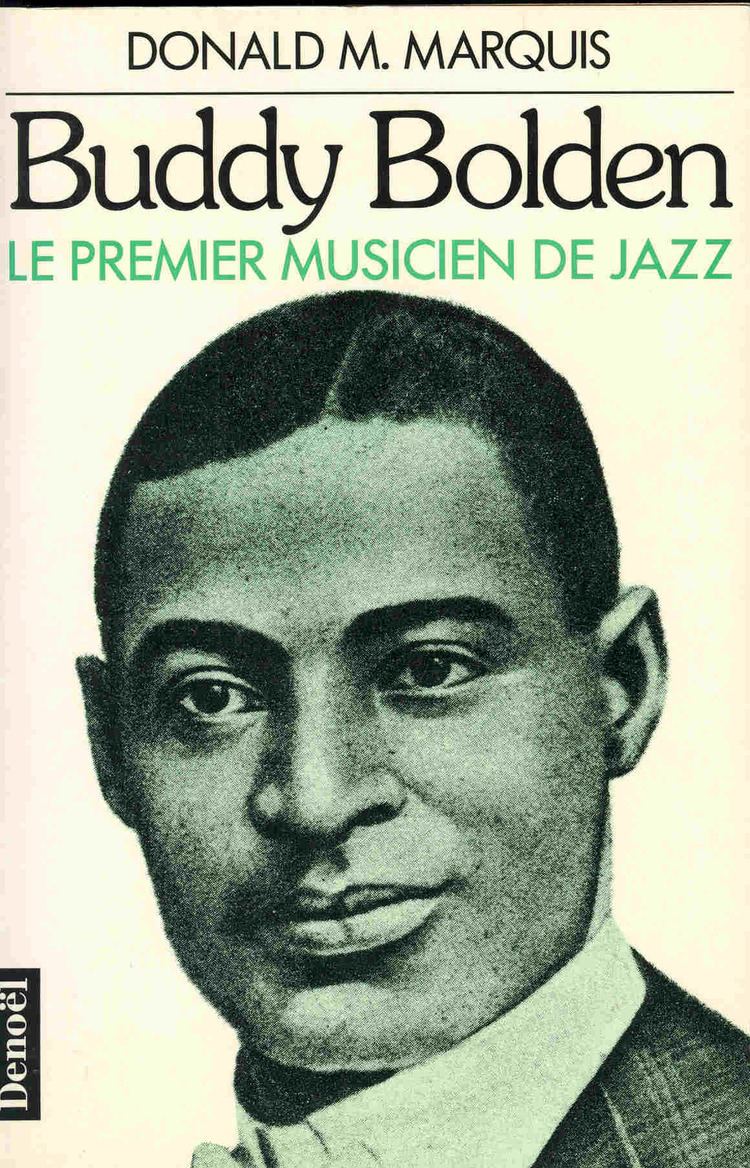 | ||
Born September 6, 1877New Orleans ( 1877-09-06 ) Similar People Jelly Roll Morton, Louis Armstrong, Scott Joplin | ||
Buddy bolden
Charles Joseph "Buddy" Bolden (September 6, 1877 – November 4, 1931) was an African-American cornetist who was regarded by contemporaries as a key figure in the development of a New Orleans style of rag-time music, or "jass", which later came to be known as jazz.
Contents
- Buddy bolden
- Chris barber jazz band buddy bolden blues with pat halcox
- Family and early life
- Further life and legend
- Musical career and early decline
- Music
- Funky
- Big four
- Fiction
- Plays and films
- References
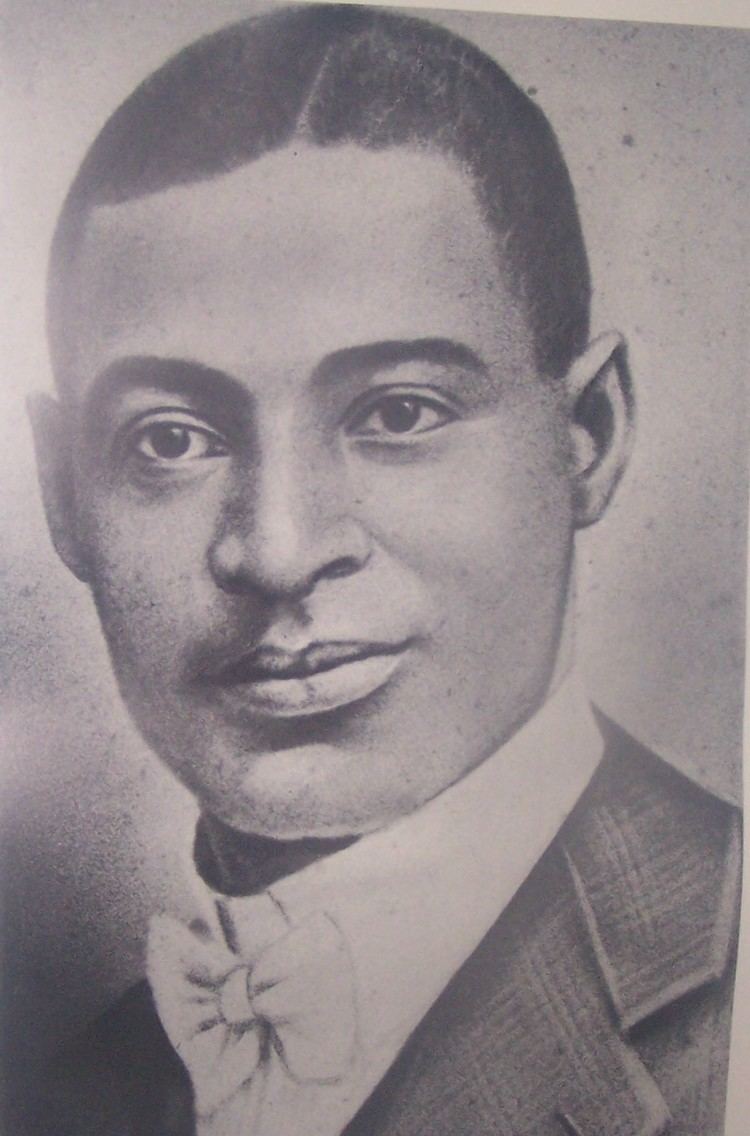
Chris barber jazz band buddy bolden blues with pat halcox
Family and early life
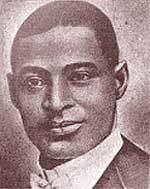
Buddy Bolden's father, Westmore Bolden, was working as a "driver" for the family of his grandfather's (Gustavus Bolden, died 1866) former master or boss, one William Walker, when Buddy Bolden was born, and his mother was Alice née Harris, who was aged 18 when they married on August 14, 1873 (and his father, at the time, must have been around 25 years old, as he was recorded as being 19 years old in August 1866). Buddy Bolden's father died when he was six, and young Bolden continued to live with his mother and family members afterwards. In documents of the period the family name is spelled at different times as "Bolen", "Bolding", "Boldan", and "Bolden", thus hampering research. He likely went to Fisk School in New Orleans, but evidence for this is circumstantial, as, in the area where he lived, early records of this school and other schools are missing.
Further life and legend
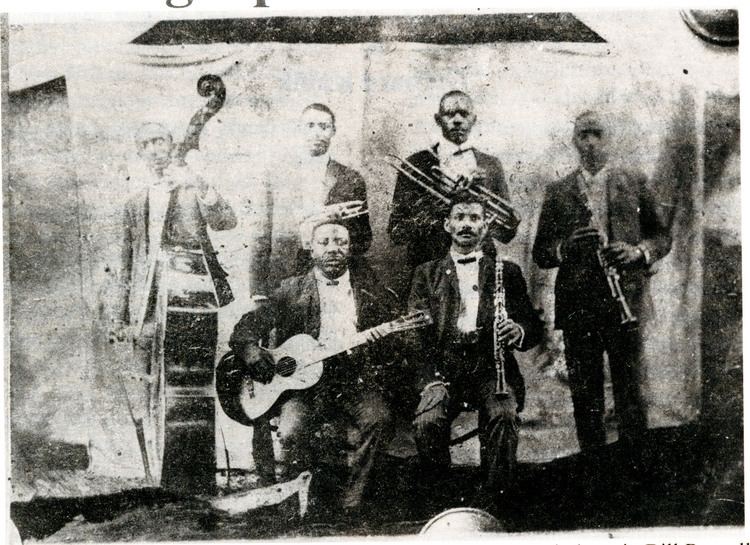
While there is substantial first hand oral history about Buddy Bolden, facts about his life continue to be lost amidst colorful myth. Stories about his being a barber by trade or that he published a scandal sheet called The Cricket have been repeated in print despite being debunked decades earlier.
Musical career and early decline
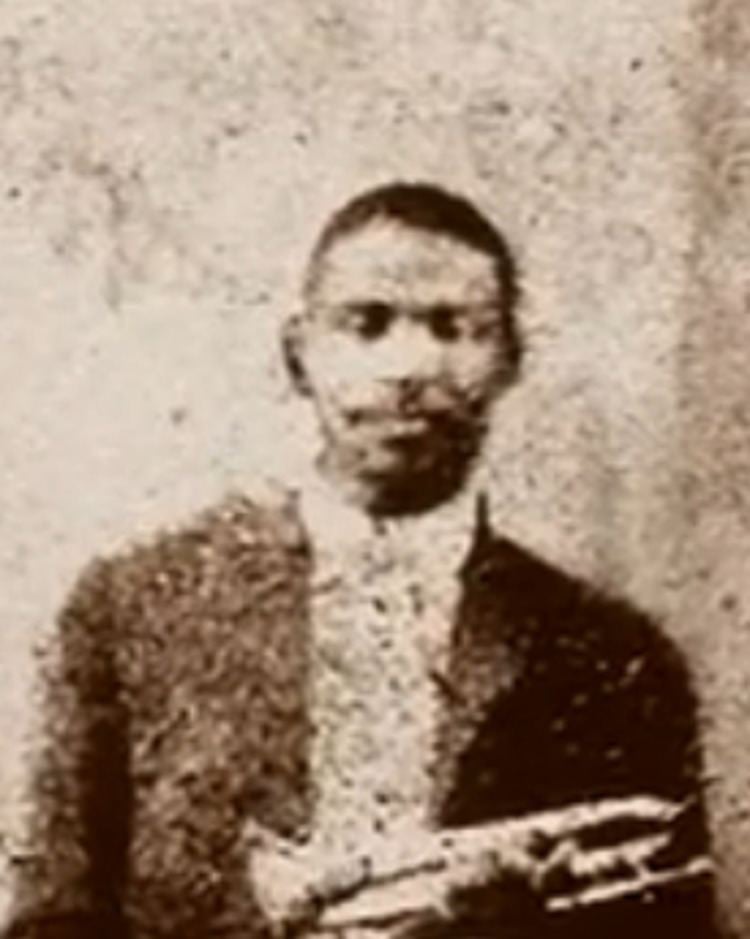
He was known as King Bolden (see Jazz royalty), and his band was popular in New Orleans (the city of his birth) from about 1900 until 1907, when he was incapacitated by schizophrenia (then called dementia praecox). Bolden was known for his loud sound and improvisation. He made a big impression on younger musicians. While Bolden's trombonist Willie Cornish among others recalled making phonograph cylinder recordings with the Bolden band, no surviving copy has ever been found.
Bolden suffered an episode of acute alcoholic psychosis in 1907 at the age of 30. With the full diagnosis of dementia praecox, he was admitted to the Louisiana State Insane Asylum at Jackson, a mental institution, where he spent the rest of his life.
Bolden was buried in an unmarked grave in Holt Cemetery, a pauper's graveyard in New Orleans. In 1998, a monument to Bolden was erected in Holt Cemetery, but his exact gravesite remains unknown.
Music
Many early jazz musicians credited Bolden and the members of his band with being the originators of what came to be known as "jazz", though the term was not in common musical use until after the era of Bolden's prominence. At least one writer has labeled him the father of jazz. He is credited with creating a looser, more improvised version of ragtime and adding blues to it; Bolden's band was said to be the first to have brass instruments play the blues. He was also said to have taken ideas from gospel music heard in uptown African-American Baptist churches.
Instead of imitating other cornetists, Bolden played music he heard "by ear" and adapted it to his horn. In doing so, he created an exciting and novel fusion of ragtime, black sacred music, marching-band music, and rural blues. He rearranged the typical New Orleans dance band of the time to better accommodate the blues; string instruments became the rhythm section, and the front-line instruments were clarinets, trombones, and Bolden's cornet. Bolden was known for his powerful, loud, "wide open" playing style. Joe "King" Oliver, Freddie Keppard, Bunk Johnson, and other early New Orleans jazz musicians were directly inspired by his playing.
No known recordings of Bolden have survived. His trombonist Willy Cornish asserted that Bolden's band had made at least one phonograph cylinder in the late 1890s. Three other old-time New Orleans musicians, George Baquet, Alphonse Picou and Bob Lyons also remembered a recording session ("Turkey in the Straw", according to Baquet) in the early 1900s. The researcher Tim Brooks believes that these cylinders, if they existed, may have been privately recorded for local music dealers and were never distributed in bulk.
Some of the songs first associated with his band, such as the traditional song "Careless Love" and "My Bucket's Got a Hole in It", are still standards. Bolden often closed his shows with the original number "Get Out of Here and Go Home", although for more "polite" gigs, the last number would be "Home! Sweet Home!".
"Funky"
One of the most famous Bolden numbers is a song called "Funky Butt" (known later as "Buddy Bolden's Blues"), which represents one of the earliest references to the concept of "funk" in popular music, now a musical subgenre. Bolden's "Funky Butt" was, as Danny Barker once put it, a reference to the olfactory effect of an auditorium packed full of sweaty people "dancing close together and belly rubbing." Other musicians closer to Bolden's generation explained that the famous tune originated as a reference to flatulence.
I thought I heard Buddy Bolden say,
Funky-butt, funky-butt, take it away.
The "Funky Butt" song was one of many in the Bolden repertory with rude or off-color lyrics popular in some of the rougher places where he played, and Bolden's trombonist Willy Cornish claimed authorship. It became so well known as a rude song that even whistling the melody on a public street was considered offensive. The melody was incorporated into the early published ragtime number "St. Louis Tickle."
Big four
Bolden is also credited with the invention of the "Big Four", a key rhythmic innovation on the marching band beat, which gave embryonic jazz much more room for individual improvisation. As Wynton Marsalis explains, the Big Four (below) was the first syncopated bass drum pattern to deviate from the standard on-the-beat march. The second half of the Big Four is the pattern commonly known as the hambone Rhythm developed from sub-Saharan African music traditions.
Music
Fiction
Bolden has inspired a number of fictional characters with his name.
